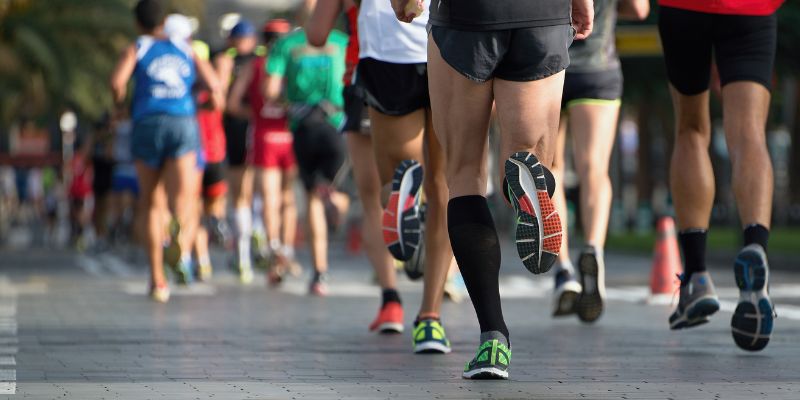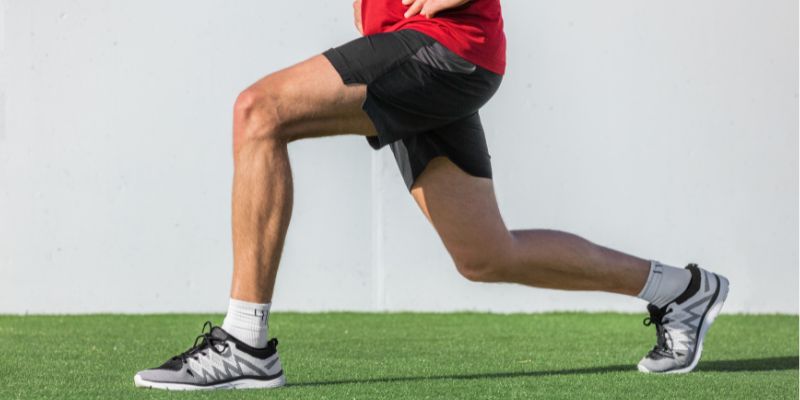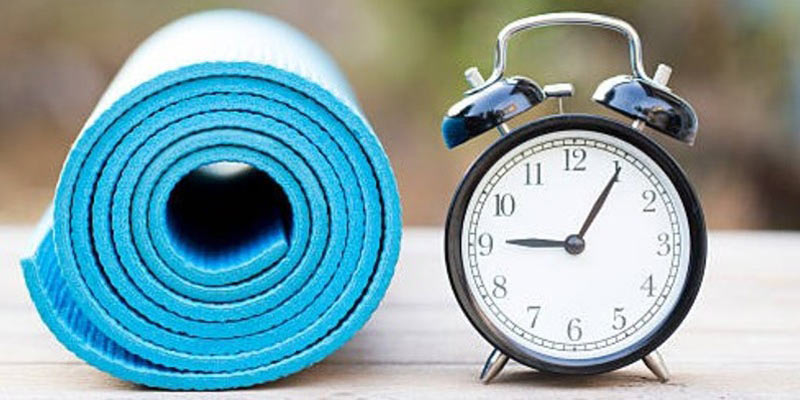Are you a runner who wants to get better without joining a school or buying expensive gear? You've come to the right place! It's easier to get better at running from the comfort of your home. You don't need special tools to improve your performance and endurance by doing easy but effective strength exercises. There's more to running than just the miles you cover.
Your body needs to be strong and stable as well. You can do this with just your body weight, which is good news. Whether you're preparing for a big race or prefer to jog around the neighborhood, these at-home routines can help you become a stronger and more resilient runner by strengthening your critical areas and reducing your chance of injury. Here are some workouts you can do without any tools to improve your running.

6 Best Strength Training Workouts For Runners
Now, let's get started with the bodyweight core exercises. We'll go over some basic bodyweight running workouts that you can practice right now:
Planks Variations
Planks are a great way to strengthen your core, which is important for runners who want to stay stable as they run. These variants provide a well-rounded core workout by focusing on different muscle groups. The Traditional Plank begins with the feet hip-width apart, the forearms on the ground, and the elbows beneath the shoulders. Use your core muscles to hold this position for 30 to 60 seconds. For the Side Plank, you must stack or stagger your feet for balance while holding your body with one forearm.
Hold this position on each side for 20 to 30 seconds to strengthen your obliques and increase your lateral stability. Plank with Leg Lifts: Starting in the standard plank posture, raise one leg at a time while using your core and glutes. Perform ten to fifteen repetitions of this exercise on each leg to improve stability and core strength. These variations on the plank can help you develop your core muscles, which is important for maintaining your stability during running and reducing your risk of injury.
Push-ups
Push-ups are a great workout that targets the triceps, shoulders, and chest to increase upper body strength. These altered versions accommodate varying degrees of physical fitness. With your hands shoulder-width apart, begin the traditional push-up posture. Push yourself back up after lowering your body until your chest nearly touches the floor.
A modified variant called the Knee Push-Up involves pushing-ups with the knees resting on the ground. It reduces resistance while still using the muscles in the upper body. Aim for two to three sets of eight to twelve repetitions, depending on your fitness level. Strengthening your upper body is essential for better arm swing mechanics and increased running efficiency. Push-ups are a wonderful technique to do this.
Bodyweight Squats
Bodyweight squats are a staple workout for runners because they work the lower body muscles vital for strength and endurance. They concentrate on working the quadriceps, hamstrings, glutes, and calves without using equipment. The first step in performing this exercise is to place your feet shoulder-width apart.
As you bring your body down, visualize yourself reclining into a chair, keeping your knees in line with your toes and chest straight. Return to your initial standing position after bending your knees to a 90-degree angle. As your strength increases, progressively increase the repetitions from the first three sets of 10 to 15 reps. Strengthening your lower body muscles with bodyweight squats will improve your running form and steadiness.
Lunges
Lunges are a great way to strengthen your lower body strength and balance, which runners who want to improve their performance need. This exercise promotes stability, focusing mostly on the quadriceps, hamstrings, and glutes. Effective lunges begin with a lofty stance and a single leg stride forward, ensuring both knees bend to around a 90-degree angle.
Return to the beginning position by pushing, then repeat the motion with the other leg. Adding 2-3 sets of 10–12 lunges to each leg to your regimen can help build the strength of these key running-related muscle groups. For runners of all skill levels, lunges are beneficial for developing muscles and enhancing stability and general lower body performance.

Glute Bridges
An essential component of running efficiency and injury prevention is strong glutes. A straightforward yet effective exercise to target and develop these key muscles is glute bridges. A glute bridge should be started with your feet flat on the floor and your body positioned hip-width apart. As you raise your hips off the floor and form a straight line from your knees to your shoulders, contract your glutes and core. Hold this position at the peak for a few seconds to completely activate your glutes.
Then, slowly drop your hips back down. Try to complete three sets of 12–15 repetitions, paying close attention to how your glute muscles clench and relax during each rep. Strong gluteal muscles are developed using glute bridges in your program. These muscles are necessary for good running mechanics, increased stride force, and injury avoidance. By strengthening these muscles, you may improve your overall running performance and reduce your chance of frequent running-related ailments.
One-Legged Deadlifts
One-legged deadlifts are great ways to increase strength and stability, especially for runners who want to improve their technique without equipment. This workout targets balance and coordination while efficiently working several muscle groups. Start by assuming a straight stance while standing on one leg with a little bend in the knee. To maintain stability, contract your core. With the supporting leg slightly bent, raise the non-supporting leg straight behind you while you hinge at the hips to descend your upper body.
Continue to raise your leg and keep your head in a straight line. As you drop your upper body toward the floor, notice how your supporting leg's glutes and hamstrings are stretched. Return to the beginning position using the strength of your supporting leg, hamstrings, and glutes. Try three sets of eight to ten repetitions for each leg, progressively increasing the number of reps as your strength and balance improve.
Conclusion:
You can improve your running performance from the comfort of your house by adding these strength training workouts without needing any equipment to your program. These are effective ways to strengthen your core, focus on your lower body muscles, and increase your overall running efficiency. In addition to lowering the chance of injury, these activities improve endurance and running technique. A stronger, more robust, and eventually more successful runner will surely be attained via consistency and progressive growth in these workouts.




